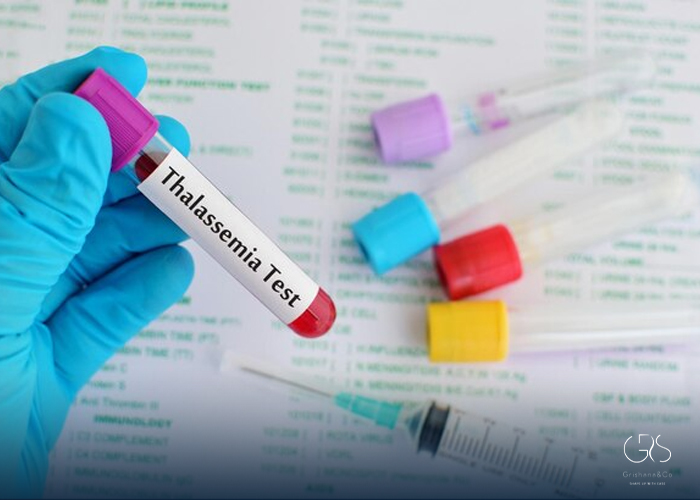Thalassemia is an inherited blood disorder that affects the production of hemoglobin, a protein in red blood cells responsible for transporting oxygen throughout the body. This genetic condition is characterized by abnormal production of hemoglobin, resulting in inadequate oxygen levels in the blood. Thalassemia is mostly found in people of Mediterranean, South Asian, Southeast Asian, and African descent.
Types and Symptoms:
There are two main types of thalassemia: alpha thalassemia and beta thalassemia. Alpha thalassemia occurs when there is a mutation in the genes that control the production of alpha globin chains of hemoglobin. Beta thalassemia occurs when there is a mutation in the genes that control the production of beta globin chains.
The severity of symptoms can vary widely, ranging from mild to severe, depending on the type and severity of the thalassemia. Common symptoms include fatigue, weakness, pale skin, jaundice, slow growth and development, and an enlarged spleen.

Prevalence and Statistics:
Thalassemia is a global health concern, particularly in regions where the genetic mutation is more prevalent. According to the World Health Organization (WHO), it is estimated that around 7% of the world’s population carries a thalassemia gene, with approximately 300,000 to 500,000 babies born with severe forms of the disorder each year.
The prevalence of thalassemia varies among different populations. For instance, in Southeast Asia, the overall carrier rate is estimated to be around 4.5%, while in parts of India, it can reach up to 7%. In Mediterranean countries, such as Cyprus, Greece, and Italy, the carrier rate can be as high as 14%.
Diverse Perspectives:
Thalassemia has significant implications for affected individuals and their families, as well as for healthcare systems and communities. Let’s consider diverse perspectives on thalassemia:
1.Medical Perspective: From a medical standpoint, early diagnosis and prompt management are crucial in minimizing complications associated with thalassemia. Regular blood transfusions, iron chelation therapy, and bone marrow transplants are some of the treatment options available.
2.Patient Perspective: Thalassemia can significantly impact the quality of life for individuals living with the condition. Patients may face physical limitations, emotional challenges, and the need for lifelong medical care. Support groups and counseling can play a vital role in helping patients cope with the difficulties associated with thalassemia.
3.Community Perspective: Thalassemia awareness campaigns and genetic counseling play a critical role in educating communities about the disorder. Communities can support affected individuals by organizing blood drives, providing financial assistance for treatment, and advocating for improved healthcare services.
Conclusion:
Thalassemia is an inherited blood disorder that affects the production of hemoglobin, leading to inadequate oxygen levels in the blood. The prevalence of thalassemia varies among different populations, with significant implications for affected individuals, families, and communities. While medical advancements offer management options, raising awareness, and providing support to those affected is equally important.
Sources
- World Health Organization (WHO), Household air pollution and health
- Centers for Disease Control and Prevention, Thalassemia












